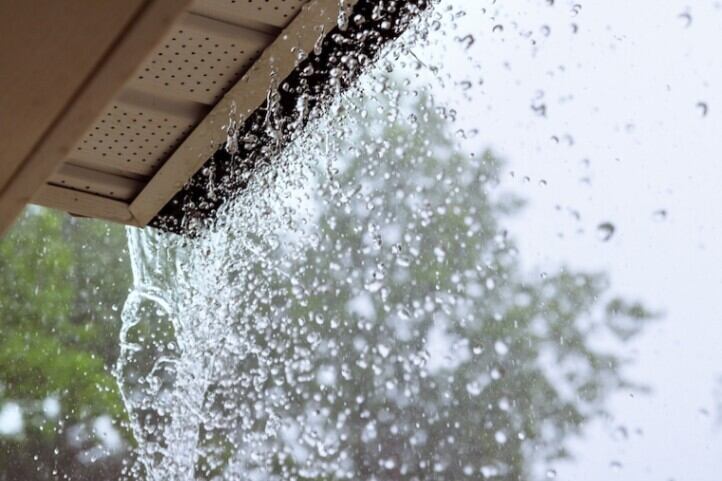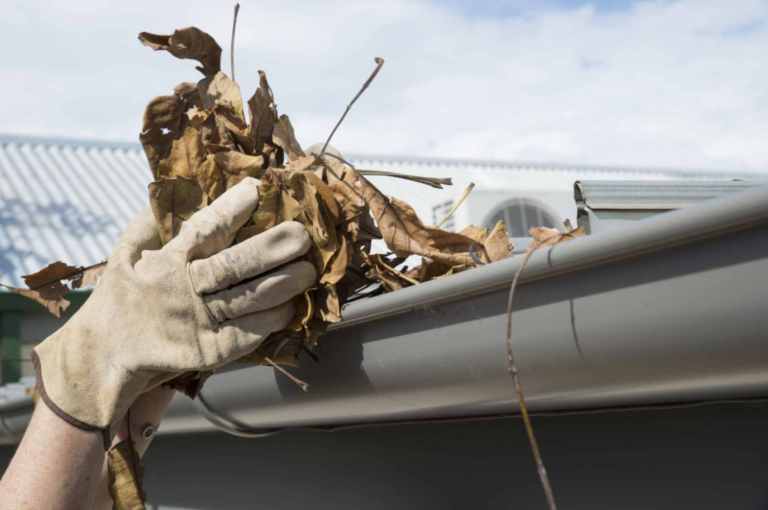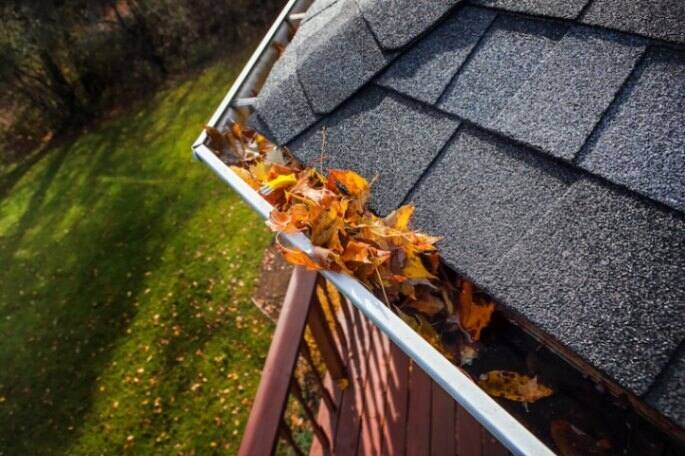Gutters are an essential component of your home’s drainage system. They are crucial in directing rainwater away from your roof and foundation, protecting your property from water damage. However, like any other part of your home, gutters are not immune to problems. This article will discuss three common gutter issues, rust, sagging, and overflowing, and provide solutions for addressing them.
1. Rust
Rust is a frequent problem for metal gutters, particularly steel and iron ones. Over time, exposure to moisture and the elements can cause rust to form, compromising the gutter’s structural integrity and appearance. Here’s how to deal with rust:
Solution:
- Inspect your gutters regularly to spot rust early. Look for areas with peeling paint or visible rust.
- Remove loose rust and debris using a wire brush.
- Apply a rust converter to the affected areas to stop further corrosion.
- After the converter has dried, paint the gutter with rust-resistant paint to protect it from future rust formation.
2. Sagging
Sagging gutters can occur due to the weight of debris, ice, and standing water or improper installation. Sagging gutters are unsightly and ineffective at directing water away from your home.
Solution:
- Clean your gutters regularly to prevent debris buildup.
- Adjust the gutter’s slope by ensuring a slight decline towards the downspout.
- Check the hangers and brackets holding the gutter to the fascia board. If any are loose or damaged, replace or repair them.
- Consider installing additional hangers or brackets for added support.
3. Overflowing
Overflowing gutters are often the result of clogs caused by leaves, twigs, and other debris. When water cannot flow freely through the gutter system, it spills over the edges, potentially causing damage to your home’s foundation and landscaping.
Solution:
- Regularly clean your gutters to remove debris. This is the most effective way to prevent overflowing.
- Install gutter guards or leaf screens to prevent debris from entering the gutter in the first place.
- Check the downspouts for clogs. Use a plumber’s snake or hose to clear any blockages.
- Ensure the gutters are correctly sloped toward the downspout to promote proper drainage.
Maintaining your gutters is essential to protect your home from the everyday problems of rust, sagging, and overflowing. Regular inspections and proactive maintenance can go a long way in extending the life and effectiveness of your gutter system. By addressing these issues promptly, you can ensure that your gutters continue to perform their vital role in safeguarding your home from water damage. Remember that when in doubt or when problems are extensive, it’s a good idea to consult a professional for gutter repair or replacement.
With Leafguard, you will never have to worry about any of these problems. Leafguard is made with aluminum, which won’t rust and is 20% stronger than standard gutters, so you won’t have any issues with sagging. And overflowing isn’t an issue with Leafguard because it is guaranteed never to clog. * Leafguard – Get it today. Protected for life.
*Guaranteed not to clog, or we will clean your gutters for free.


